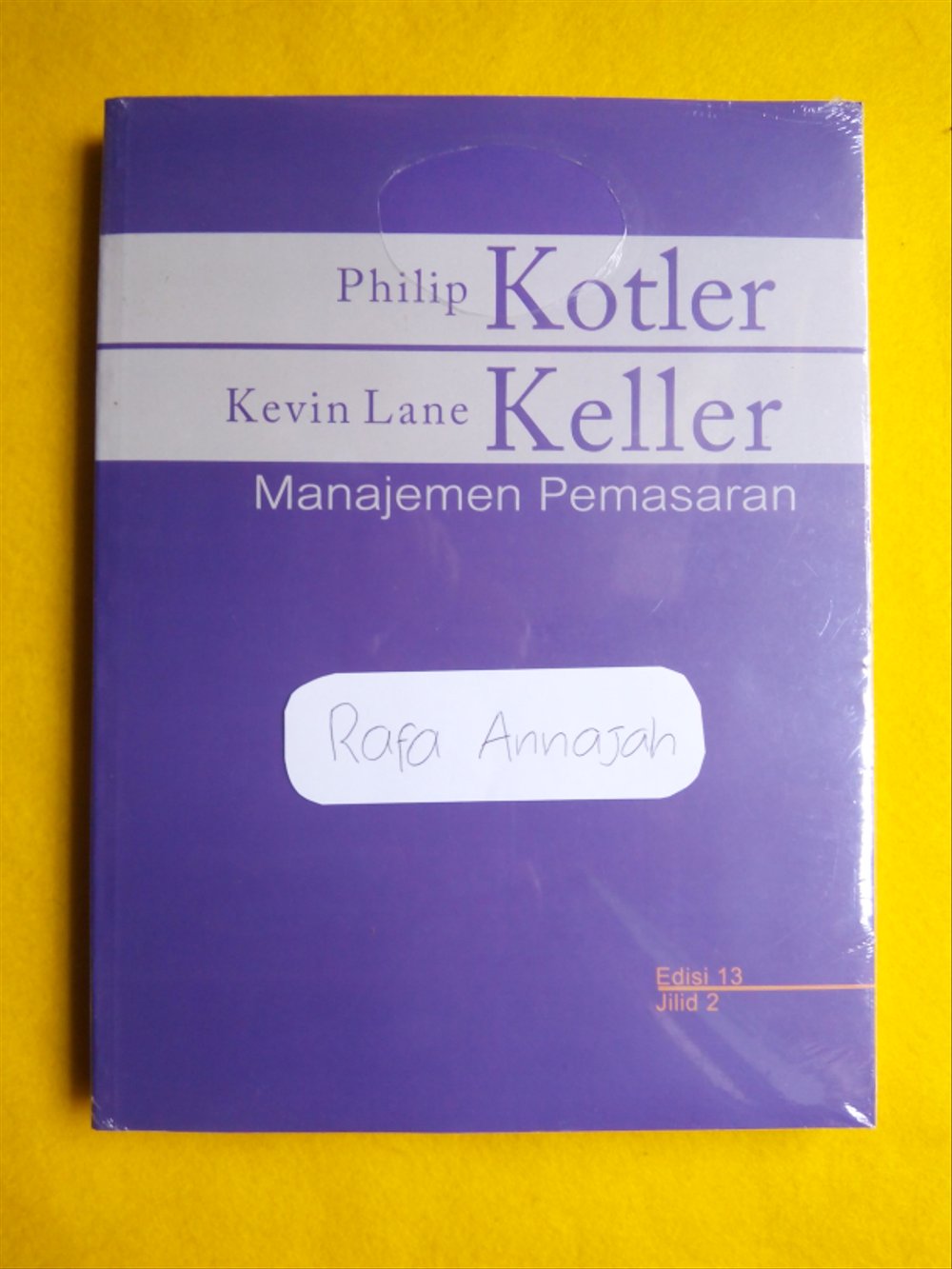

SEM results revealed that INQ had the highest effect (0.93) on BAS and PQ and the least effect (0.86) on BL, and INQ affected BE with 0.90. The SEM results of our research confirmed the assumptions established between INQ and BE and its components in the context of OM. In the third stage of the analysis, we performed SEM analysis to test the model of the study and the assumptions of the study.

In addition, the goodness-of-fit values of the scale, which were checked for compliance with the research, exceeded the threshold values. Crobach's alpha, AVE and CR values for all factors of the scale exceeded the threshold values in the literature. In the second stage of the analysis, we performed CFA for scale reliability and validity. In this context, in the first stage of our research, we conducted an online survey consisting of three parts with the consumers of the Nike luxury sportswear brand, which is in 11th place in the global brand value ranking, residing in Turkey from the developing countries. We aim to expand the limited number of INQ research areas. In this research, we examined whether the quality of integration (INQ) in omnichannel environments has an effect on brand equity (BE) and its dimensions (brand loyalty (BL), brand association and brand awareness (BAS), and perceived quality (PQ)) within the framework of a structural model. One of the contributions of digitalization to cyclical change is the adoption of Omnichan-nel Marketing (OM) as a new marketing strategy for brands. By doing so, the author hopes to transcend cultural differences and disagreements so as to make domestic cosmetic products more competitive in the international arena. Besides, the author also holds that translation strategies should be different according to the purpose of translation. Through the investigation of various translation examples, the author believes that Skopos Theory can be used to guide the translation of different Chinese cosmetic brand names. The skopos rule should be put on the top priority. Guided by Skopos Theory, this thesis believes that translation is an across-cultural communicative activity with a certain purpose. But their translations are also very important. By contrast, Chinese domestic cosmetics not only don't have an edge in its home market but also fail to go global. As a result, a growing number of foreign cosmetic companies have expanded their presence in China. The results can help furniture industry stakeholders understand ways to compete in the green market and sustainable development.Īfter its entry into the World Trade Organization (WTO), China has opened wider to the outside world. With the Marketing 4.0 period, it is among the first of its kind to offer sustainable solutions to evaluate green marketing practices and increase the performance of green furniture brands in this regard.

Among the evaluation contributions of the study are a new understanding of green furniture performance criteria, and an integrated framework for new application methods for green marketing. The results revealed that the Co-creation of Value and Pricing criteria have the highest value, and “Brand Y” is the best. We performed SA to test the accuracy of the findings. We then applied AHP to determine and prioritize benchmark weights, and TOPSIS to rank the performances of selected brands by GFBPC. The first stage was the literature review and decision-making group it included GFBPC and the selection of three green furniture brands with the highest market value in Turkey. This study aims to develop a framework that enables green marketing practices to regulate the performance evaluation criteria (GFBPC) of consumers and green furniture brands in the Market- ing 4.0 period and to prioritize green furniture brands.


 0 kommentar(er)
0 kommentar(er)
